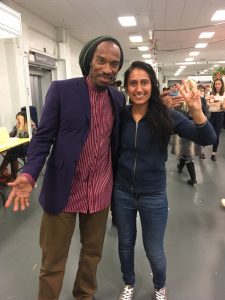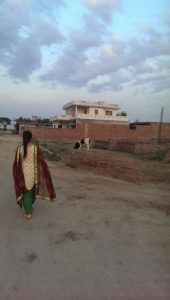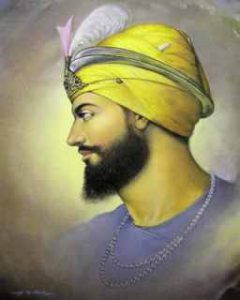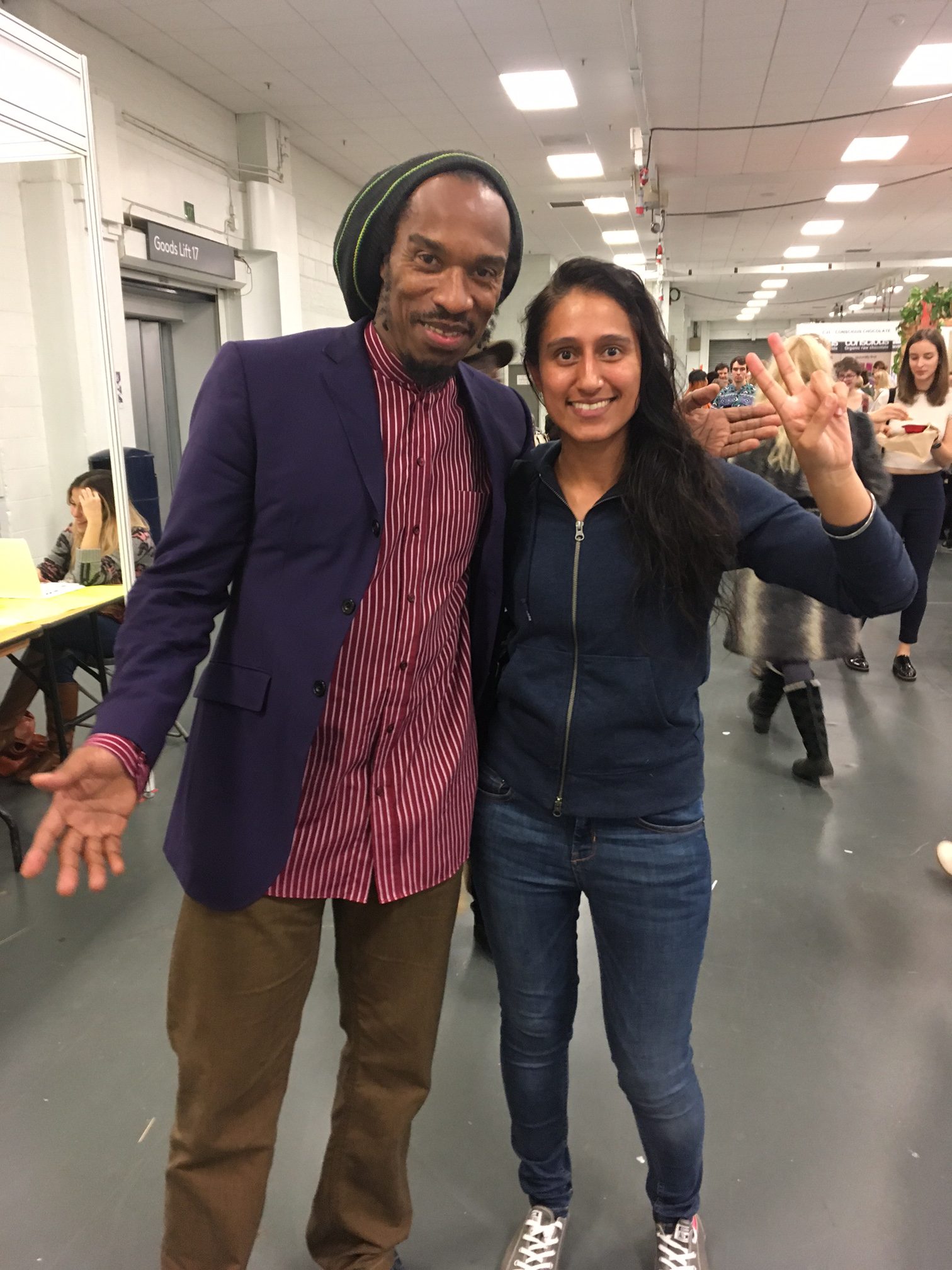
Darshan Akal, a born and bred Londoner completing her Kundalini Yoga Level 2 teacher training, teaches Monday classes in Camden. Here she talks about her practice of ‘letting go’ and her love of banis…
When did you get into kundalini yoga?
I first purchased a DVD and began practising it weekly at home. Before then, I was a bit of a gym addict and although this provided a temporary fix, I was looking for something more. I used to run on the treadmill furiously while listening to banis, and would often get odd looks. I started classes in central London a few years ago and began Level One training. It has provided the practical tools to aid my connection with the universe, which is essentially what yoga is.
Kundalini yoga has opened my heart. I’m more comfortable in my skin and feel contented a lot more than I used to. It’s also made me more aware of dharma – my true life path. Dharma is the small, subtle steps that align you with your soul’s journey rather than that of your logical mind. Your dharma could mean you are the best popcorn maker ever! It doesn’t have to be substantive, but it’s something that feels fulfilling and rewarding, the inner voice that you’ve ignored for years. I also believe kundalini yoga is one of the few practices that opens us up to our multi-sensory being, which is why it was kept secret in the higher echelons of society for years, because of its powerful technology. Part of the kundalini yoga heritage left by Harbhajan Singh Yogi Ji (Yogi Bhajan) is that this is meant to be for everyone, not just the elite and powerful.
What does you yoga practice look like now?
I chant Japji Sahib every morning, followed by 54 frogs and cat/cow. A current kriya is a short and sweet one for the heart – Essence Of Self.
What’s your favourite mantra?
I love the Dasam Granth banis by Guru Gobind Singh, who’s the ultimate yogi/akaali nihang. Jagardang Nagardang Bagardang Baaje is a favourite as well as Chattr Chakkr Vartee. The banis are both haunting and dark and sublime at the same time. They usually involve the symbolism of the sword and tales of great battles. They give a real boost to your yoga routine. They are full of bir raas (warrior spirit) and were chanted by warriors before battle. My favourite raagi (musician) of these banis is Bhai Balbir Singh.
The sword symbolises justice and true grit in the face of adversity and having the determination of steel. As kundalini yogis, we do not deny our emotions – yoga is about the dark and the light. I’m not going to pretend it’s about being a ‘good, loving person’ as it’s a journey to fall into the pits of our emotions and try to emerge from this with grace and embrace ourselves. I’m still on this journey.
 What’s been the most powerful practice you’ve ever done?
What’s been the most powerful practice you’ve ever done?
Kriyas and meditations tend to be subtle in their power, and sometimes the ‘result’ is not what the initial intention was, but layers that reveal themselves.
Meditation To Break The Mask is one. My inner child ran rampant, and this meditation allowed me to delve deep and be aware of the conditioning resulting from inner child issues and help resolve this.
Bowing Jaap Sahib I’d recommend to everyone! It kills the upper thighs and I’ve done this one several times.
And an accidental kriya, which I call the ‘letting go kriya’, is getting to day 39 of a 40-day practice and accidentally missing day 40. Eventually I embraced this and began to see my practice as a flow and a real connection rather than just another day ticked off.
You’ve recently started using your spiritual name Darshan Akal. How does it feel?
It creates a space and vibration for me to aspire to and grow into my dharma, which is an ongoing process. Akal means immortal and infinite, which all of us are, and Darshan roughly translates to being in the presence of the Guru. It’s a blessing to have a spiritual name and takes time to embrace and accept.
 Quote? ‘I’d like to talk to you about something if you have mind to listen to it,’ – Yogi Bhajan, 25 June 1987
Quote? ‘I’d like to talk to you about something if you have mind to listen to it,’ – Yogi Bhajan, 25 June 1987
Book? The Pilgrimage by Paulo Coelho
Place? Himachal Pradesh, the mountains in north India
On your altar? Leaves, an acorn, a picture of my Guru, Guru Gobind Singh and sometimes the neighbour’s beautiful Burmese cat, Cosmo
Teacher? Charanpal Singh
Song? Narayan Shabad by Dev Suroop Kaur
Breakfast? Mantra!


